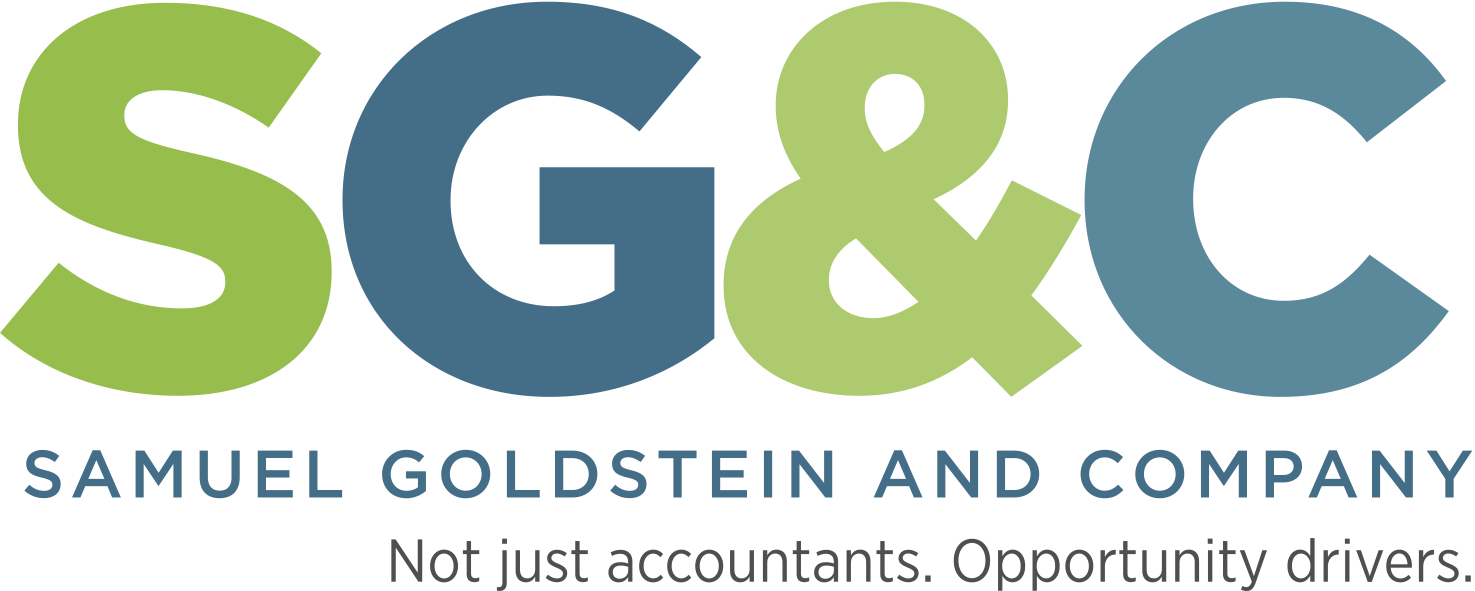5 ways to take action on accounts receivable
No matter the size or shape of a business, one really can’t overstate the importance of sound accounts receivable policies and procedures. Without a strong and steady inflow of cash, even the most wildly successful company will likely stumble and could even collapse. If your collections aren’t as efficient as you’d like, consider these five ways to improve them:
Redesign your invoices.
It may seem superficial, but the design of invoices really does matter. Customers prefer bills that are aesthetically pleasing and easy to understand. Sloppy or confusing invoices will likely slow down the payment process as customers contact you for clarification rather than simply remit payment. Of course, accuracy is also critical to reducing questions and speeding up payment.
Appoint a collections champion.
At some companies, there may be several people handling accounts receivable but no one primarily focusing on collections. Giving one employee the ultimate responsibility for resolving past due invoices ensures the “collection buck” stops with someone. If budget allows, you could even hire an accounts receivable specialist to fill this role.
Expand your payment options.
The more ways customers can pay, the easier it is for them to pay promptly. Although some customers still like traditional payment options such as mailing a check or submitting a credit card number, more and more people now prefer the convenience of mobile payments via a dedicated app or using third-party services such as PayPal, Venmo or Square.
Get acquainted (or reacquainted) with your customers.
If your business largely engages in B2B transactions, many of your customers may have specific procedures that you must follow to properly format and submit invoices. Review these procedures and be sure your staff is following them carefully to avoid payment delays. Also, consider contacting customers a couple of days before payment is due — especially for large payments — to verify that everything is on track.
Generate accounts receivable aging reports.
Often, the culprit behind slow collections is a lack of timely, accurate data. Accounts receivable aging reports provide an at-a-glance view of each customer’s current payment status, including their respective outstanding balances. Aging reports typically track the payment status of customers by time periods, such as 0–30 days, 31–60 days, 61–90 days and 91+ days past due. With easy access to this data, you’ll have a better idea of where to focus your efforts. For example, you can concentrate on collecting the largest receivables that are the furthest past due. Or you can zero in on collecting receivables that are between 31 and 60 days outstanding before they get any further behind.
Need help setting up aging reports or improving the ones you’re currently running? Please let us know — we’d be happy to help with this or any aspect of improving your accounts receivable processes.

